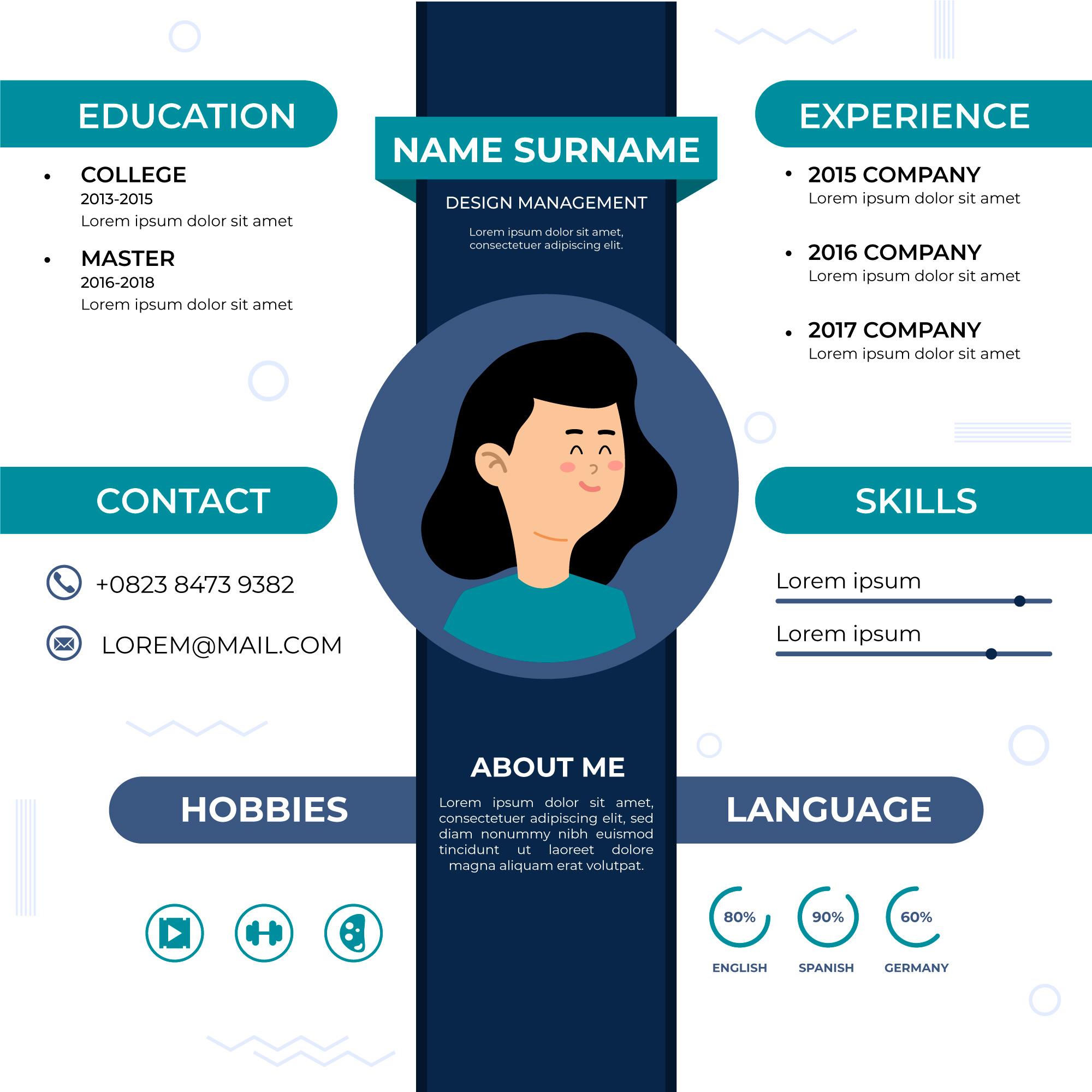A well-crafted cover letter is often the first opportunity you have to make a lasting impression on a potential employer. While resumes provide the “what” in terms of your qualifications and experience, a cover letter delivers the “why” – why you’re interested in the position, why you’re the right fit, and why you’re passionate about the company. In the competitive job market of the United States, knowing how to write a strong cover letter is crucial to landing interviews. In this blog post, we’ll go through step-by-step strategies to create an effective cover letter, supplemented with real-life examples.
You will need a resume first. Browse 300+ pre-filled resumes on VioResume website
1. Start with a Strong Opening
Your opening paragraph sets the tone for the rest of your cover letter. A common mistake is starting with a generic introduction like “I am writing to apply for the [Position] at [Company].” Instead, grab the reader’s attention by expressing genuine enthusiasm for the role or mentioning a connection you have with the company.
Example:
Jane was applying for a marketing manager position at a tech startup. Instead of starting her cover letter with a standard greeting, she wrote:
“As a lifelong tech enthusiast, I have always admired how [Company] merges cutting-edge technology with user-friendly design. When I saw the opening for a marketing manager, I knew immediately that this was the perfect opportunity to combine my passion for technology with my proven ability to drive results in a fast-paced environment.”
Jane’s opening not only shows enthusiasm but also makes it clear that she has a personal connection to the company’s mission, which sets her apart from other applicants.
Tip: Start your cover letter with something specific to the company or role. Show that you’ve done your research and have a genuine interest in the company’s work or mission.
2. Address the Hiring Manager by Name
Whenever possible, address your cover letter to a specific person. This shows that you’ve taken the time to do your research and aren’t just sending out a generic letter. If the job posting doesn’t include a hiring manager’s name, try checking the company’s website or LinkedIn to find the appropriate person to address.
Example:
John was applying for a software developer position and couldn’t find the hiring manager’s name in the job posting. He did a quick LinkedIn search and found that the head of software development was likely the person in charge of hiring for the role. He addressed his cover letter to that person:
“Dear Ms. Johnson,”
Taking this extra step helped John make a more personal connection with the hiring team.
Tip: If you absolutely cannot find a name, it’s better to use a title like “Hiring Manager” rather than a generic “To Whom It May Concern.” Personalization always makes a stronger impression.
3. Showcase Your Relevant Experience and Skills
The body of your cover letter should highlight the specific experience and skills that make you a strong fit for the position. Rather than simply repeating your resume, use this space to explain how your background aligns with the job requirements.
Example:
Sarah was applying for a project manager role at a large construction firm. She used her cover letter to elaborate on her experience managing complex projects:
“In my previous role at XYZ Construction, I successfully managed a $10 million commercial building project from start to finish. By implementing a new project management software, I was able to streamline communication between teams and reduce project delays by 15%. I am confident that my experience managing large-scale projects, combined with my proactive approach to problem-solving, would make me an asset to your team.”
Sarah’s cover letter not only shows that she has relevant experience, but it also quantifies her achievements, which makes her contributions tangible.
Tip: Focus on two or three key experiences that are directly relevant to the job you’re applying for. Be specific about your achievements, and whenever possible, use numbers or data to quantify your impact.
4. Explain Why You’re a Good Fit for the Company
In addition to discussing your qualifications, take a moment to explain why you’re interested in working for this specific company. Employers want to hire people who are genuinely enthusiastic about their organization and its mission, not just someone looking for any job.
Example:
Mark was applying for a sales position at a company known for its commitment to sustainability. In his cover letter, he wrote:
“I have always admired [Company] for its commitment to sustainable practices, and I share your belief that businesses have a responsibility to minimize their environmental impact. My passion for sustainability, combined with my five years of experience in sales, makes me excited about the opportunity to help [Company] grow its market share while staying true to its core values.”
Mark’s cover letter demonstrates that he’s not just interested in a sales job; he’s specifically interested in working for a company whose values align with his own.
Tip: Research the company’s mission, values, and recent achievements. Show that you understand what the company stands for and explain how your personal values or professional goals align with theirs.
5. Use Real-Life Examples
A cover letter should bring your resume to life by showcasing real examples of how you’ve applied your skills in the workplace. Don’t just list qualifications – tell stories that illustrate how you’ve made a difference in your previous roles.
Example:
Jessica was applying for a customer service manager role. Instead of simply saying she had experience managing teams, she included a real-life example:
“At ABC Company, I managed a team of 10 customer service representatives. When we faced a sudden surge in call volume during a product recall, I developed a new scheduling system and cross-trained team members to handle the increased demand. As a result, we were able to reduce customer wait times by 20% and maintain a 95% satisfaction rate during a challenging time.”
Jessica’s use of a real-life example demonstrates her ability to handle difficult situations and lead a team effectively.
Tip: Think of your cover letter as a chance to tell a story. Use specific examples from your past work experience to illustrate how you’ve solved problems, taken initiative, or achieved success.
6. Close with Confidence
Your closing paragraph should reinforce your enthusiasm for the role and include a call to action. Express your eagerness to discuss your qualifications further in an interview and provide a polite and professional conclusion.
Example:
Michael closed his cover letter for a financial analyst role with the following statement:
“I am excited about the opportunity to contribute to [Company’s] continued success. I would welcome the chance to discuss how my skills and experience can benefit your team. Thank you for considering my application. I look forward to the possibility of speaking with you soon.”
This closing shows confidence without being presumptive and leaves the door open for further discussion.
Tip: End your cover letter on a positive and forward-looking note. Express appreciation for the reader’s time and consideration, and let them know you’re excited about the opportunity.
A strong cover letter can set you apart from other candidates by giving employers a deeper understanding of who you are and what you bring to the table. By starting with a compelling introduction, personalizing your letter to the company, showcasing your relevant experience, and using real-life examples, you can create a cover letter that leaves a lasting impression.
Remember, the key to a great cover letter is to show that you’ve done your research, you’re genuinely excited about the role, and you have the skills and experience to excel. By following the tips outlined in this post, you’ll be well on your way to writing a cover letter that opens doors to new career opportunities.




